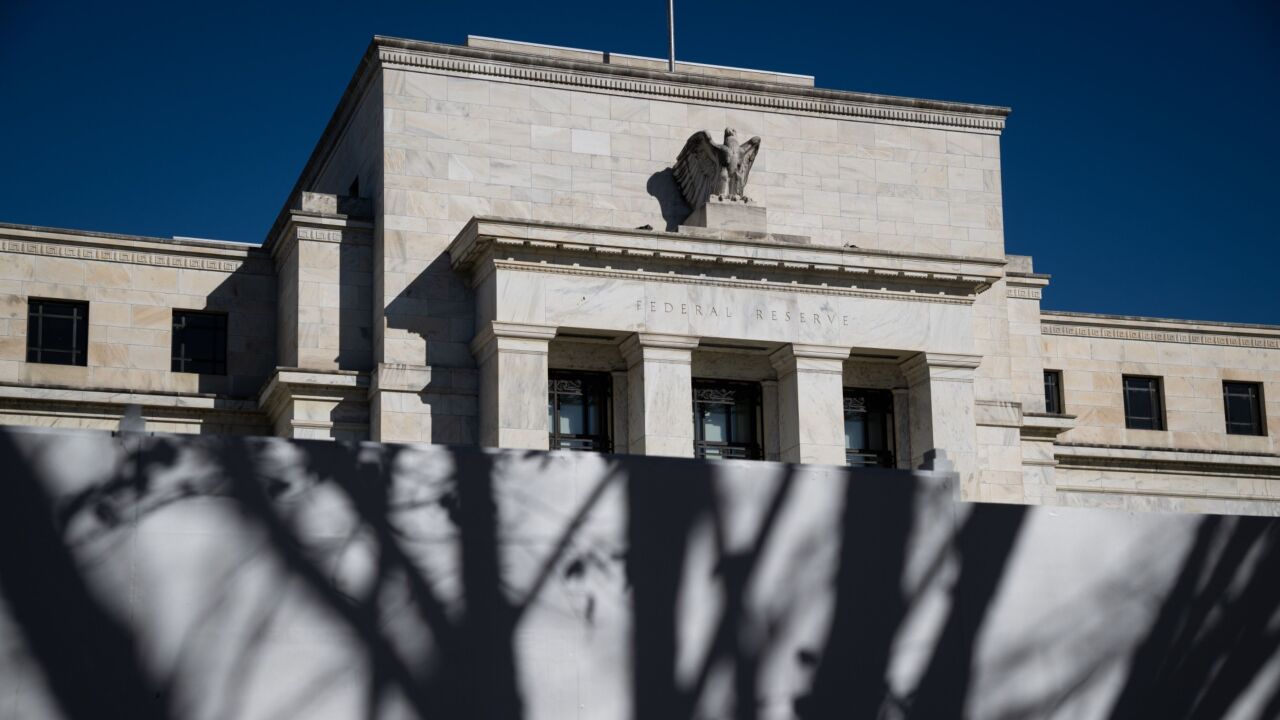WASHINGTON – Credit unions and banks were poised for some big wins after details about negotiations over a major highway spending bill emerged Tuesday.
The latest version backed by a conference committee – working to resolve differences between House and Senate bills – would provide regulatory relief in a number of different areas, including privacy notices, qualified mortgages and other compliance issues.
Both NAFCU and CUNA were quick to laud the inclusion of CU-sought provisions, including how the Consumer Financial Protection Bureau defines "rural areas," calling it a huge victory for credit unions.
Community banks were also poised for a major victory with regard to a provision that would spare institutions with less than $10 billion in assets from a cut on their Federal Reserve dividends, while also providing regulatory relief including from Consumer Financial Protection Bureau underwriting rules.
Sources on Tuesday morning said the dividend cut – which in the Senate bill had affected a wider scope of institutions in order to pay for transportation measures – had been watered down significantly in the conference version to only affect institutions above the $10 billion threshold.
The new details, which were confirmed when a draft of the conference report was released by POLITICO, also include a provision to increase the $10 billion threshold over time to correspond with inflation. Meanwhile, the precise magnitude of the dividend cut for bigger institutions would also change. The Senate bill would have slashed the dividend from 6% of a bank's Fed stock to 1.5%. But conferees now back tying that rate to the return on Treasury bonds or 6%, whichever is smaller.
The conference committee's version would also cap the Fed's capital surplus at $10 billion, with the remainder automatically transferred to the Treasury's general fund to help pay for transportation improvements. The capital surplus is effectively the Fed's institutional capital, not unlike the capital held at more traditional banks, and is meant to project the solvency of the central bank and its ability to pay back its debt.
As lawmakers try to resolve differences between House and Senate legislation over how to pay for the transportation measure, several sources say the latest version backed by the congressional conference committee would spare institutions with less than $10 billion in assets from a cut on their Federal Reserve dividends. Such a dividend cut was previously included for a wider scope of institutions in the Senate bill, but the conference report is said to reduce dividends only for institutions above the $10 billion threshold.
House and Senate lawmakers have been trying to strike a deal on the highways program for weeks. Among other issues, the two chambers included competing funding mechanisms tied to the banking industry. The Senate bill, passed this summer, would have slashed the Fed dividend for banks over $1 billion of assets, raising about $17 billion for the program. The House bill, approved this fall, instead proposed to pay for the program by using money from the Fed's $29 billion capital surplus account, which provides a temporary buffer for the central bank as it buys and sells securities.
The final plan is looking to be a combination of the two strategies, with the funding burden falling on two constituencies often criticized on Capitol Hill: the Fed and big banks.
Karen Shaw Petrou, managing partner of Federal Financial Analytics, said the prospect of finding new money that would only affect larger banks in the one case and Fed regional banks on the other is attractive politically for lawmakers.
"What I could guess it means is that the dollar signs were just so big that what, everybody just wanted them all," she said. "That which you take from banks – especially bigger ones – is easier than that which you have to take from other people, so that's what they took."
But according to the draft released by POLITICO, the final transportation bill would also include riders favorable to the industry that had been pushed by Republicans. The conference report includes 14 of the 15 amendments House Financial Services Committee Chairman Jeb Hensarling had included in the House transportation bill.
Most of the measures are relatively uncontroversial, such as a provision that shields financial institutions from privacy notification requirements if they do not share customer information, or another that allows small banks to be eligible for on-site examinations every 18 months, rather than every year.
But some of the provisions may prove harder for Wall Street critics to swallow. One section of the final bill would revise the Consumer Financial Protection Bureau's process for establishing "rural areas" – a designation that allows banks based in those areas to be exempt from Qualified Mortgage underwriting rules. The provision, adopted from a bill introduced by Rep. Andy Barr, R-Ky., would require the CFPB to consider the rural designation of other federal agencies, such as the Census Bureau, Department of Agriculture and White House Office of Management and Budget.
Another related provision would eliminate the requirement that any financial firm subject to the exemption be "predominantly rural," instead requiring it to merely be "rural". That could potentially create a major loophole for larger national banks to apply for an exemption based on a far more limited rural lending profile than has been required to date.





